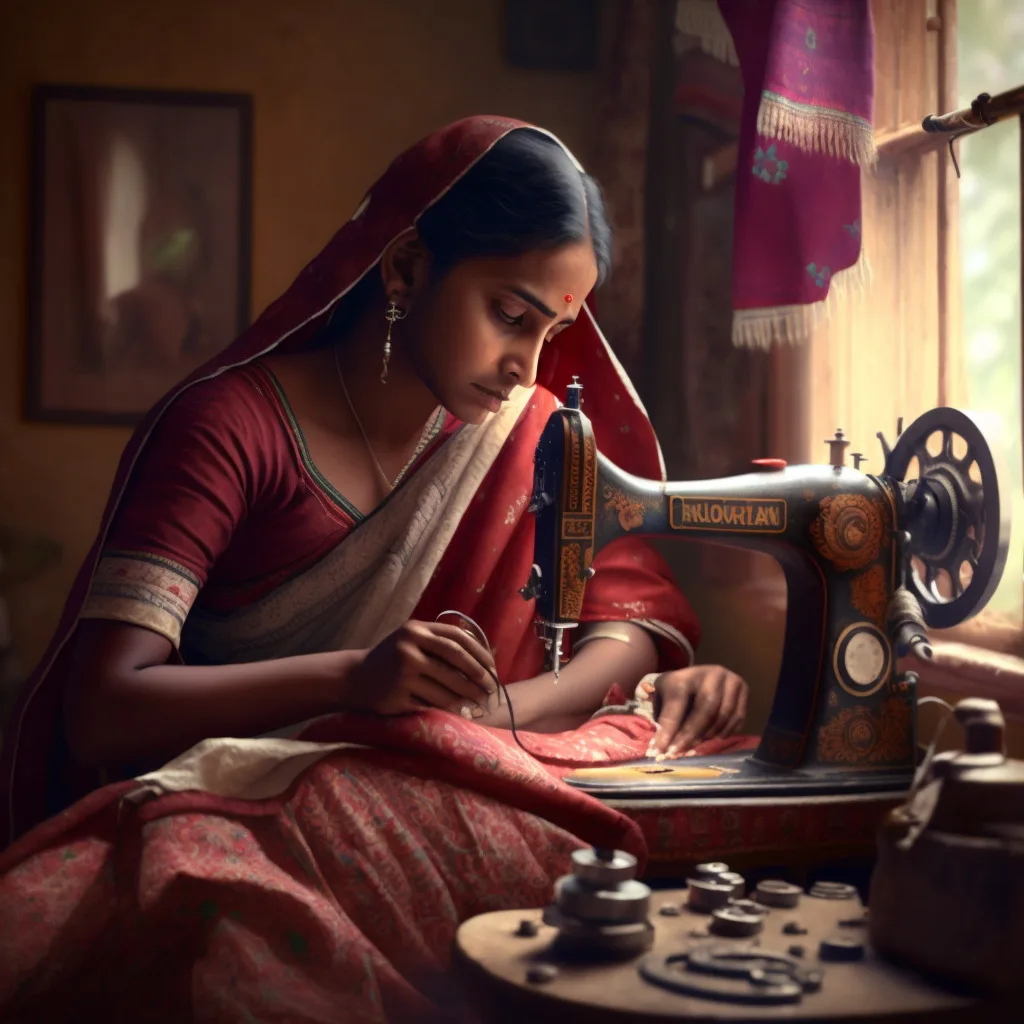Tailor Perth Specialists: Tailor-Made Solutions for Elegant Outfit
Tailor Perth Specialists: Tailor-Made Solutions for Elegant Outfit
Blog Article
Comprehending the Tailoring Refine: From Textile Choice to Final Fitting for the Suitable Wardrobe
The customizing procedure is an intricate interaction of art and scientific research, beginning with the important choice of material option and culminating in the exact changes of last fittings. Each textile kind brings distinct top qualities that affect not just the visual allure but also the garment's long life and viability for various events. Recognizing the subtleties of tailoring strategies can raise one's wardrobe to unprecedented degrees of class. As we explore these elements even more, one have to take into consideration how even the smallest details can dramatically influence the overall result of one's personal design.
Value of Material Selection
Picking the best textile is critical in the tailoring procedure, as it directly influences the convenience, resilience, and general visual of the final garment (tailor perth). The option of textile sets the structure for the garment's style, functionality, and performance. Various materials possess distinct homes, such as breathability, stretch, and weight, which can substantially influence how the garment drapes and fits the body
Furthermore, textile option influences the garment's longevity and simplicity of care. Top quality materials can endure damage, keeping their appearance and structure over time, while lower-quality materials might result in pilling or fading. Additionally, the appropriate fabric contributes to the garment's ability to change throughout seasons and events, thereby boosting versatility.
A customized item made from an appropriate material not just showcases workmanship but likewise boosts the wearer's self-confidence. Recognizing the nuances of fabric choice is critical for any kind of tailoring venture. It ensures that the end product not only meets the aesthetic desires of the client but likewise lines up with practical demands, therefore accomplishing a harmonious equilibrium between kind and feature in the customized closet.
Sorts Of Fabrics and Their Uses
Recognizing the numerous sorts of textiles offered is crucial for making notified decisions throughout the tailoring procedure. Each textile possesses distinct characteristics that determine its suitability for particular garments and events.
Cotton, recognized for its breathability and soft qualities, is suitable for casual wear and summertime garments. Its convenience permits it to be tailored right into everything from tee shirts to gowns. Woollen, on the various other hand, is preferred for its warmth and framework, making it an exceptional choice for official suits and outerwear - tailor perth. Its natural flexibility helps garments preserve shape in time.
Silk radiates high-end and is light-weight, making it excellent for eveningwear and delicate shirts; nevertheless, it needs mindful handling due to its fragility. Bed linen, with its textured surface, is a prominent selection for cozy environments, offering a crisp and airy feel, but it wrinkles conveniently, which might impact the garment's look.
Artificial textiles, such as polyester and nylon, offer longevity and resistance to wrinkles, making them suitable for daily wear and active apparel. Understanding these textile types and their homes allows for far better decision-making, making sure that each customized piece not only fits well however likewise lines up with the designated purpose and event.
The Tailoring Strategies Described
The art of customizing relies on a range of strategies that transform textile into well-fitted garments. Central to this process is pattern preparing, where a dressmaker creates themes based upon the customer's dimensions and preferred style. This first action makes sure that the garment will official website fit the wearer correctly before any kind of cutting occurs.
As soon as patterns are developed, cutting strategies come right into play. Precision is vital as errors can lead to misfitting garments. Tailors frequently make use of numerous cutting techniques, such as single-layer reducing for complex designs and multiple-layer cutting for performance on typical patterns.
Basting is an additional crucial technique, enabling dressmakers to momentarily stitch textile items together for a preliminary fitting. This technique uses the possibility to assess the drape and overall silhouette before final sewing.
Seaming methods, including french seams and flat-felled joints, boost the garment's durability and visual charm. Tailors additionally employ methods such as interfacing and cushioning to supply framework and shape to specific areas, like collars and shoulders.
Lastly, finishing strategies, consisting of hemming and side finishing, ensure the garment's durability while offering a sleek appearance. With each other, these techniques form the backbone of efficient tailoring, resulting in charming, tailor-made apparel.
Suitable Modifications and Considerations

Key factors to consider consist of the shoulder fit, which needs to neither droop nor limit motion, and the sleeve length, which should enable for comfortable arm movement while preserving a sleek look. Furthermore, adjustments at the midsection can fine-tune the shape, with alternatives to let out or absorb fabric as required.
The increase of pants is an additional important element; it ought to rest comfortably over the hips without causing discomfort, permitting simplicity of activity. Hemming sizes for both pants and skirts ought to mirror the user's favored design while valuing percentages.

Preserving Your Tailored Clothing
Proper maintenance of tailored garments is important to protecting their fit and appearance gradually. To guarantee longevity, regular cleaning is critical. Constantly follow the treatment label directions, which might suggest dry cleansing for delicate materials or device cleaning for more resilient products. Prevent frequent laundering, as this can put on down the textile and alter the garment's shape.
Storage is similarly crucial; use padded wall mounts for jackets and layers to preserve shoulder framework, and click to read store trousers folded nicely or hung to avoid creasing. Shield garments from straight sunlight, which can discolor shades and damage fibers.
In addition, routine inspections for news small fixings can avoid bigger concerns. Look for loose switches, tearing joints, or indicators of moth damage, dealing with these troubles without delay to keep the garment's honesty.
Finally, take into consideration seasonal rotation. Putting on customized items in small amounts allows materials to recoup, prolonging their life-span. By carrying out these maintenance approaches, you can ensure that your tailored garments remain as excellent as the day you first wore them, boosting your perfect closet for several years to find.
Conclusion
The tailoring process, including material selection, proficient strategies, and specific fitting modifications, plays a crucial duty in creating garments that enhance both comfort and style. Comprehending the value of upkeep prolongs the life of customized garments, strengthening their worth in a well-curated closet.
Choosing the appropriate material is important in the tailoring procedure, as it straight affects the comfort, longevity, and general aesthetic of the final garment. The selection of material establishes the foundation for the garment's design, performance, and performance. Different materials possess distinct homes, such as breathability, stretch, and weight, which can dramatically affect exactly how the garment drapes and fits the body.
The art of tailoring depends on a variety of techniques that transform textile into well-fitted garments.The tailoring procedure, encompassing textile selection, knowledgeable methods, and precise suitable changes, plays a crucial duty in developing garments that enhance both comfort and design.
Report this page